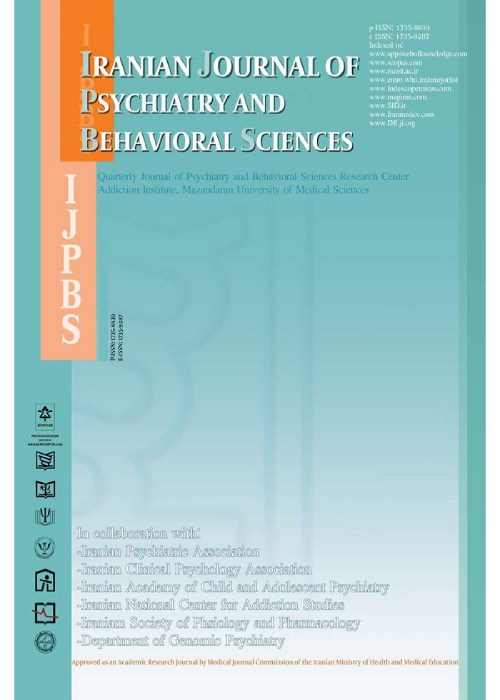Bullying and Being Bullied; How Much Can It Increase the Risk of Depression and Anxiety in Students? A Multilevel Fixed-effect Model Analysis
School violence as a health issue is a global concern. One of the problems that affect the health and well-being of children at school is bullying.
In this study, we aimed to examine the association of depression and anxiety with bullying among 6 - 19-year-old students in Iran.
This study was conducted in Tehran, Iran, in 2020. A multistage cluster sampling method was used, and 54,550 students aged six to 19 years of both sexes, from urban and rural areas, were selected. Standard questionnaires, according to the WHO recommendations, were used for data collection. Involvement in bullying in the past 12 months and anxiety and depression status in both bully and bullied students were investigated by standard questionnaires. To compare the psychiatric problems and violent behavior, the Wald chi-square test was applied. The multilevel fixed-effect model and logistic multivariate regression were used to adjust the multilevel effects and estimate the odds of anxiety and depression in both bully and bullied students. All statistical analyses were performed at a 95% significance level.
Of the total students, 50.9% were males, 29.45% were in the 6 - 10 age group, and 70.55% in the 11 - 19 age group. There was a significant difference in depression and anxiety between boys and girls in both age groups (P < 0.001). Amongst males, 11.7% of the students aged 6 - 10 and 11% of the students aged 11 - 19 and in females, 7.7% aged 6 - 10 and 10.4% aged 11 - 19 had at least four experiences of bullying to others in the last year. The odds ratios for depression in male bullies were 1.3 and 1.5 in 6 - 10 and 11 - 19 age groups, respectively. The odds ratios for depression in bullied males and females were 4.2 and 3.9 in 6 - 10 and 2.9 and 4.3 in 11 - 19 age groups, respectively. Bulling others increased the odds of anxiety to 1.7 and 1.9 in males and 2.1 and 1.9 in females in 6 - 10 and 11 - 19 age groups, respectively. In bullied students, the odds of anxiety were estimated at 2.9 and 2.2 in males and 3.4 and 2.2 in female students respectively, in 6 - 10 and 11 - 19 age groups.
There was a significant positive association between psychological disorders (anxiety and depression) and bullying among 6 - 19-year-old students. Victims of bullying were more at risk of depression and anxiety. This health-threatening phenomenon should not be ignored.
Anxiety , Bullying , Bullied , Depression , Students
- حق عضویت دریافتی صرف حمایت از نشریات عضو و نگهداری، تکمیل و توسعه مگیران میشود.
- پرداخت حق اشتراک و دانلود مقالات اجازه بازنشر آن در سایر رسانههای چاپی و دیجیتال را به کاربر نمیدهد.


